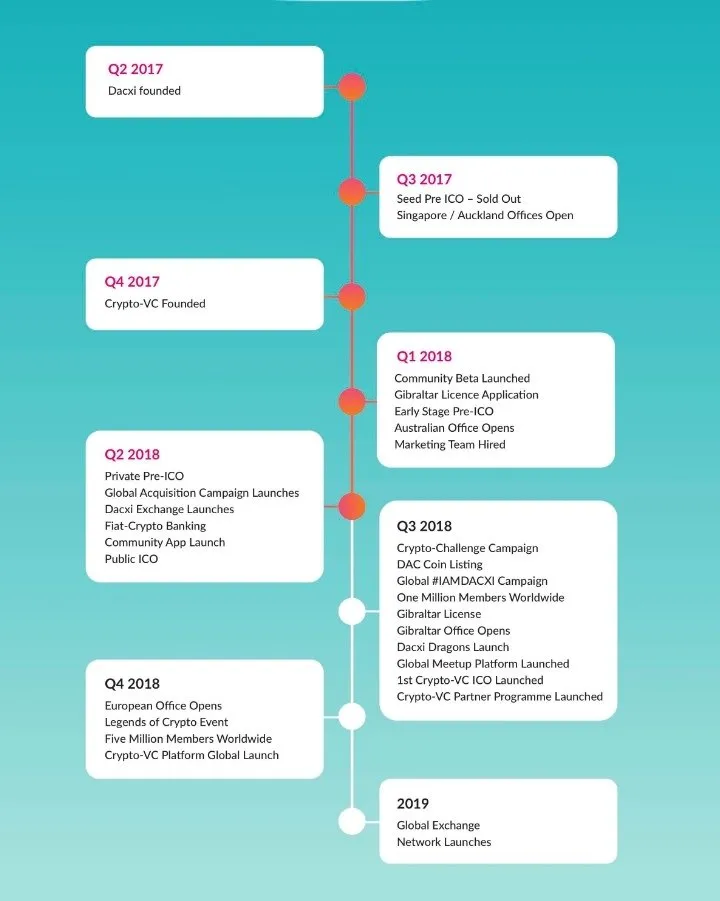Dear reader, Just as my usual practice of bringing valuable and profitable information across your way, let me quickly give you information about this great innovation known as “SKYNET”. Please sit down and relax your nerves as you read. Also, I encourage you not only to read but also to take an important step as part of this great innovation.

Internet of Things is going to define the way we communicate and manufacture our industrial goods in the future. The term, Internet of Things, implies that intelligent machines — robots — are increasingly going to be connected to the public Internet, and communicate with one another. Intelligent machines, robots, are a broad term. Robots can be piecs of software, smart agents augmented with artificial intelligence, manufacturing robots on a factory floor, or smart appliances used by consumers. Internet of Things therefore can be seen as a process, where the Internet and automated tools take over more and more segments of our daily lives, and perform more and more complex tasks, eventually building an infrastructure for the fourth industrial revolution — that of automated living space.
Devices in the Internet of Things ecosystem have challenges, too. The most significant one probably being security. Much like with any other type of technology in it’s infancy, these kinds of issues will eventually be overcome, but regarding the fact that these devices function in a decentralized Internet, decentralized management of Internet of Things -devices could assist in developing a robust architecture for the Internet of Things -infrastructure. Apart from security challenges, maintaining a large, distributed network of devices through a centrally managed system can be expensive. Firmware upgrades through such system would eat potentially millions of dollars in data transmission costs alone, negating many useful business models through the cost of updating the devices. The devices could update themselves with the consent of the customer, but in this case the devices would need a reliable way to record their actions in a decentralized way. Actions taken by these devices may be logged as well, but in a widely distributed network there has to be a reliable method for verification of the data produced by the devices.
Blockchain could help to solve many of these problems in a feasible way. Today, there exist a handful of blockchain -based protocols developed for the buregoning IoT -sector, many of them being already tested for real world applications by device manufacturers in a wide range of industries. Some of these platforms actually have been really well-funded, and their maturity behind the scenes is relatively far. Yet, there’s room for productive applications, as the applications under development mostly address communication using existing hardware.
And finally, blockchain could incentivize the users to share their data across the network through various, innovative rewarding schemes.
Skynet is a decentralized platform of Internet of Things devices consisting of a dedicated RISC -based chip infrastructure that can be easily integrated on a wide variety of electronics platforms and a supporting firmware and distributed ledger design, facilitating communications between the devices. Applications using the platform may be developed for commercial use cases.
Skynet proposes an infrastructure consisting of hardware, firmware and integrated machine intelligence built upon a scalable distributed network infrastructure.
Skynet hardware platform consists of a custom RISC -based chip architecture. The chip will support creation of a hardware wallet to operate a light node on the distributed ledger network, an interface to interact with an AI through a tensor or neural processing unit, and a modular design, so the platform can easily be scaled up in terms of numbers of devices produced.
Skynet hardware runs a stack consisting of the core unit, composed of a RISC CPU and peripherals such as cameras and sensors, memory unit and Skynet Core, running an operating system, connected to Tendermint Core, identified by a KnowledgeNet ID and running apps and dapps on an SDK and an API.
Skynet network platform itself is a scalable, distributed AI platform operating through a distributed ledger network. The protocol is based on a stack, where the base layer is formed by an operating system and the Tendermint Core protocol, a SON (an infinite blockchain network) operating layer, an SDK and an API for programming applications, and the apps and dapps themselves, native and third party. As an architecture, SON is an “infinite-chain network”, which means that the main chain can be cloned infinite times to achieve scalability. Some blockchain platforms today have adopted this technology, and it has been proven to work. Cross-blockchain consensus will be achieved through SON Decentralized Exchange, through which the transactions in each blokchain are relayed. In all simplicity, the structure of the blockchain solution promises byzantine fault tolerance and scalability. Upon the SON network, the nodes may interact in tune with decentralized applications. In Skynet, these applications are aided with an AI. The AI may collect data, communicate between nodes, and conduct operations through the SON network efficiently and robustly. Distributed computing applications will therefore be efficient, and powerful to run, and above all safe. User incentivization becomes reality with the platform’s native tokens.
Here I’d like to note that Skynet forms an end-to-end platform for machine-to-machine economy. This is unique, and the platform definitely has a first-mover advantage. It is also noteworthy that Skynet Core is license-free and based on an open source service stack. This makes integrating services with the platform comparatively streamlined. The BFT-PoS (Byzantine fault tolerant proof of stake) architecture provides fast transactions and a trustless operating environment for a great variety of applications.
The token acts as a universal medium of exchange on the SON -network, which the services built upon it use to fuel the applications and incentivize the users. All smart contracts built on SON use the platform’s native token itself. The token acting as gas on the network is called “Light”. The token managing the AI marketplace is called “Singularity”. The application development platform for smart contracts is called “Nova”. The AI resource marketplace native to the platform is called “Onyx”. The entity managing identities on the SON network is called “KnowledgeNet”. The platform additionally features a cross-blockchain bridge, which allows transfer of data between the SON network and third party blockchains called “Entangled Chains”.
To reiterate, “Skynet Core” refers to the hardware and “Skynet Open Network” refers to the blockchain.
The platform uses the Interplanetary Filesystem to save data, therefore keeping the platform independent from centralized data silos.
The whitepaper explains the hardware and software structures in great detail. Each component is outlined with their base technical features and individual development roadmaps.
The fundraising activities regarding financing the Skynet platform are conducted through a token published on the Ethereum platform called “Skynet Token”.
My thoughts:
Out of all the IoT and big data -related blockchain projects I’ve seen, Skynet at the date of release seems to be the most well thought of, and the most complete project. The infrastructure consists of universally compatible open hardware, tested blockchain architecture leveraging on the latest proven development on scalability and cross-blockchain communication, and the inclusion of AI and dapps is smooth and straightforward.
Comparing to other platforms in the market today, Skynet is the most technically advanced.
ROADMAP

TEAM

For more information:
Website: https://skynet.co
Whitepaper: https://skynet.co/img/lightpaper.pdf
Reddit: https://www.reddit.com/r/SkynetProject
Twitter: https://twitter.com/OpenSingularity
Telegram : https://t.me/SkynetOpenNetwork
Facebook: https://www.facebook.com/OpenSingularity
Btt ANN : https://bitcointalk.org/index.php?topic=4641725
Linkedin : https://www.linkedin.com/company/opensingularity-foundation
My Bitcointalk profile link - https://bitcointalk.org/index.php?action=profile;u=1182404